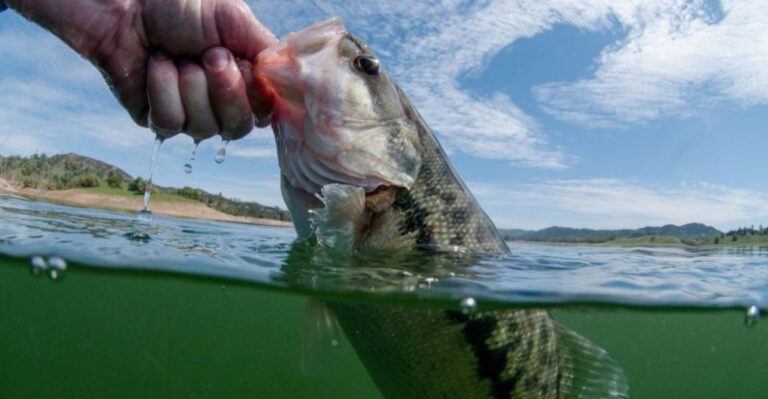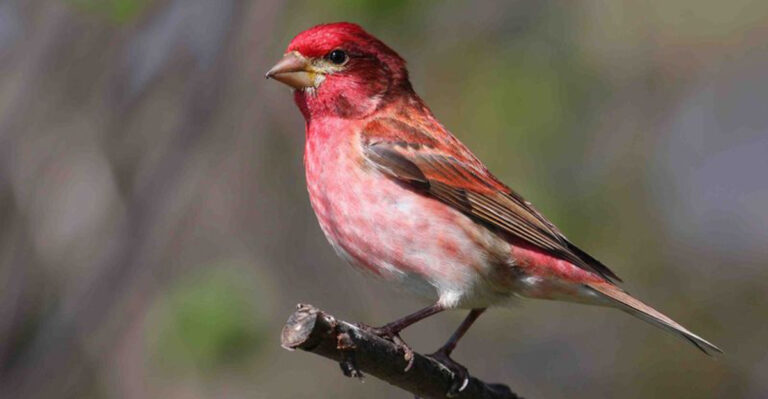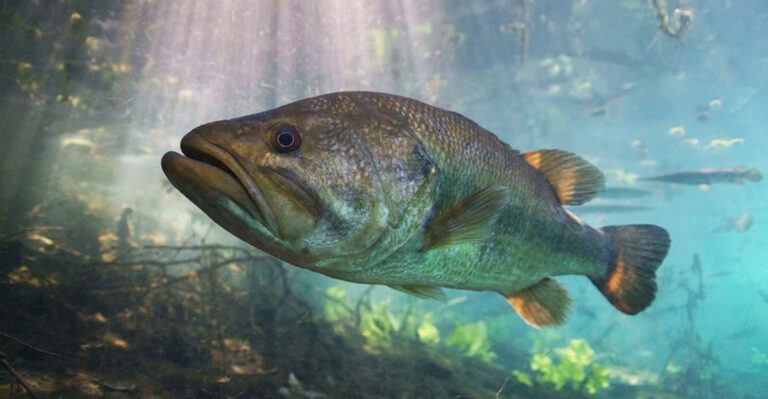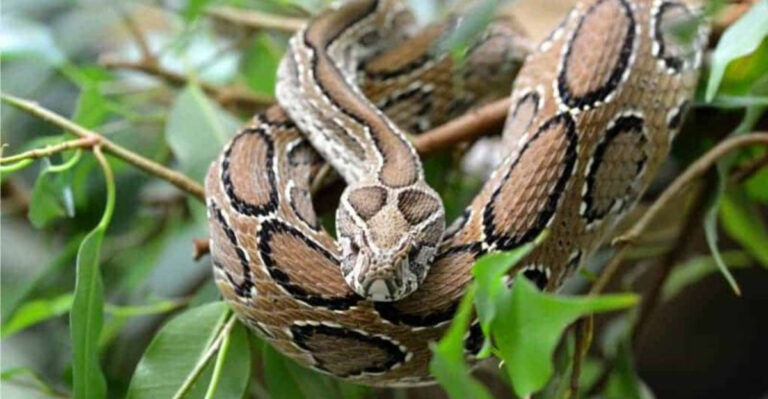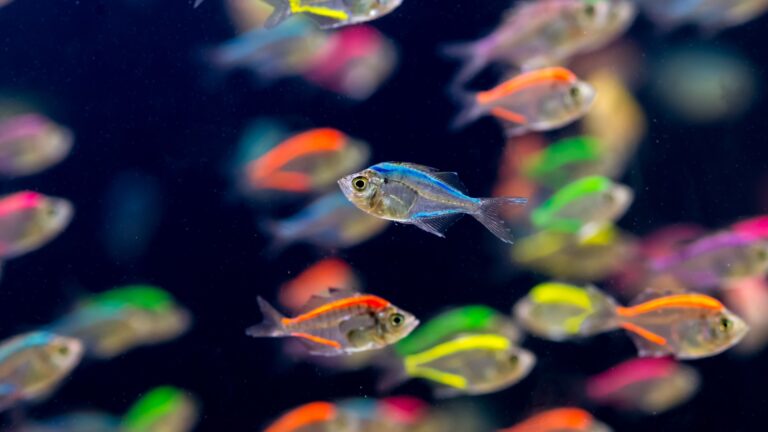24 Remarkable Animals That Flourish In Earth’s Coldest Waters
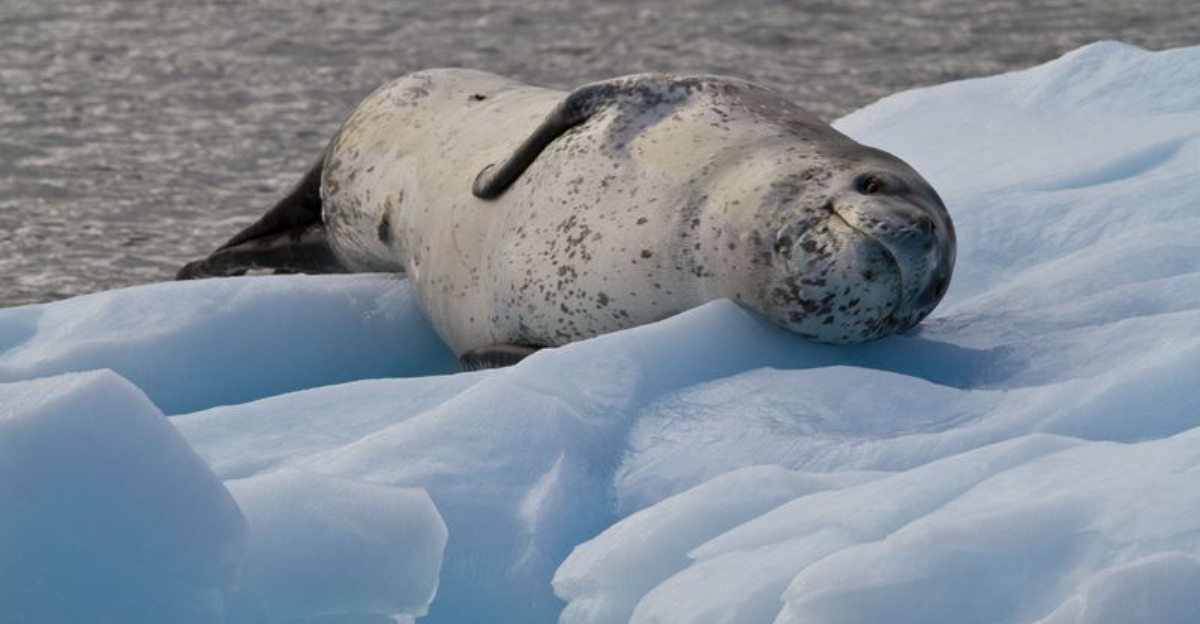
Explore the fascinating world of animals that thrive in the coldest waters around the globe. From the icy Arctic to the frigid Antarctic, these creatures have adapted to survive and flourish in extreme conditions.
1. King Crab
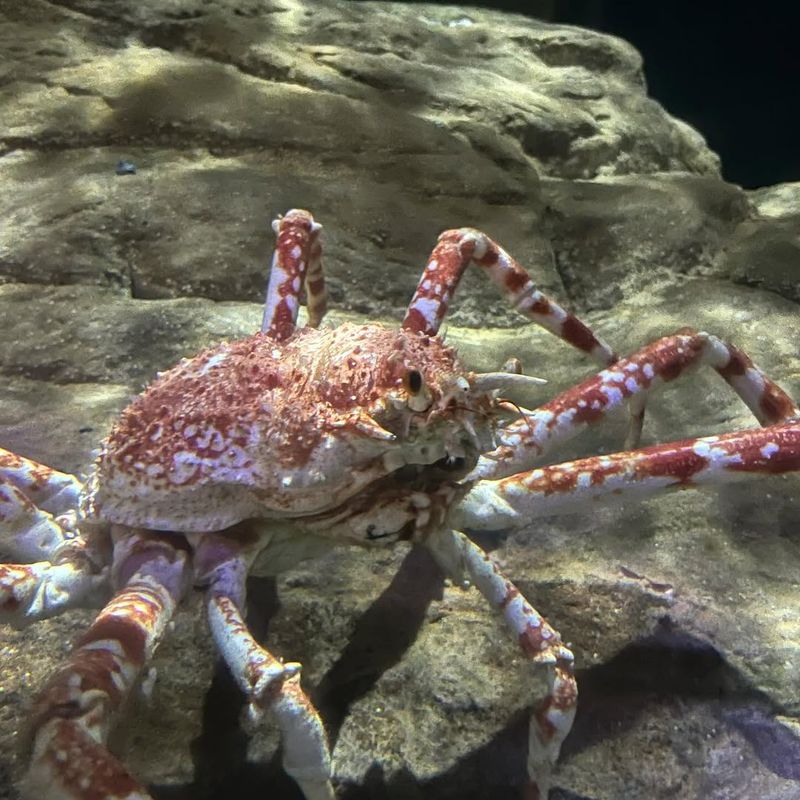
This remarkable species is found in the icy waters of the Bering Sea and other cold oceanic regions.
The King Crab has evolved to survive extreme cold by using special adaptations in its metabolism and behavior, allowing it to thrive in the freezing depths where few other creatures can live.
2. Arctic Hare
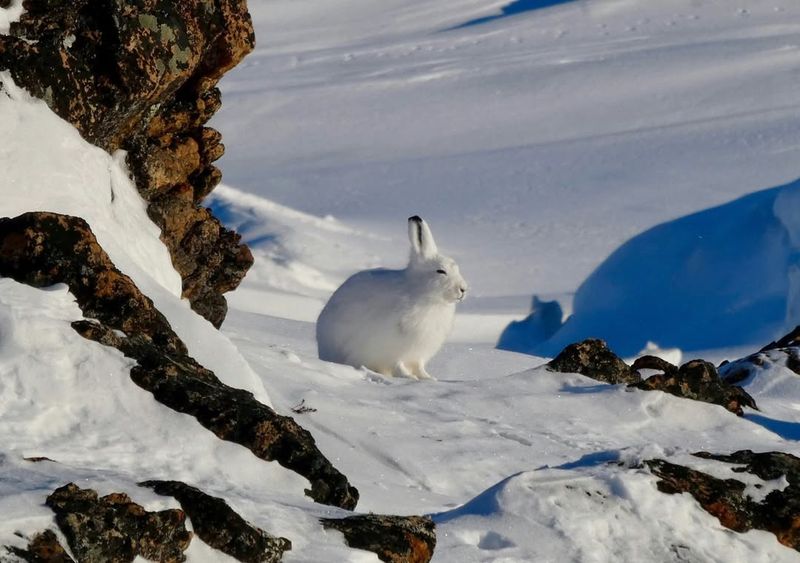
Adapted to the extreme cold of the Arctic tundra, the Arctic Hare thrives in freezing temperatures.
With its thick white fur and large feet that act like snowshoes, it can survive in some of the most inhospitable climates on Earth, making it one of the few mammals well-suited for life in the polar regions.
3. Emperor Penguin
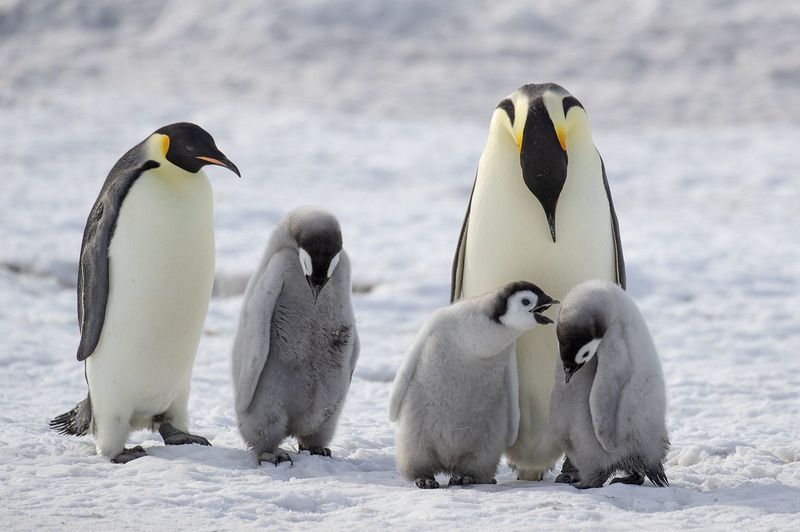
Known for its incredible adaptation to the freezing temperatures of the Antarctic, the Emperor Penguin is the largest of all penguin species.
It has evolved a thick layer of blubber and dense feathers to withstand the icy waters and harsh winds. These penguins endure extreme cold, with temperatures as low as -60°F, while maintaining their social bonds during the brutal winter months when they huddle together for warmth.
4. Beluga Whale
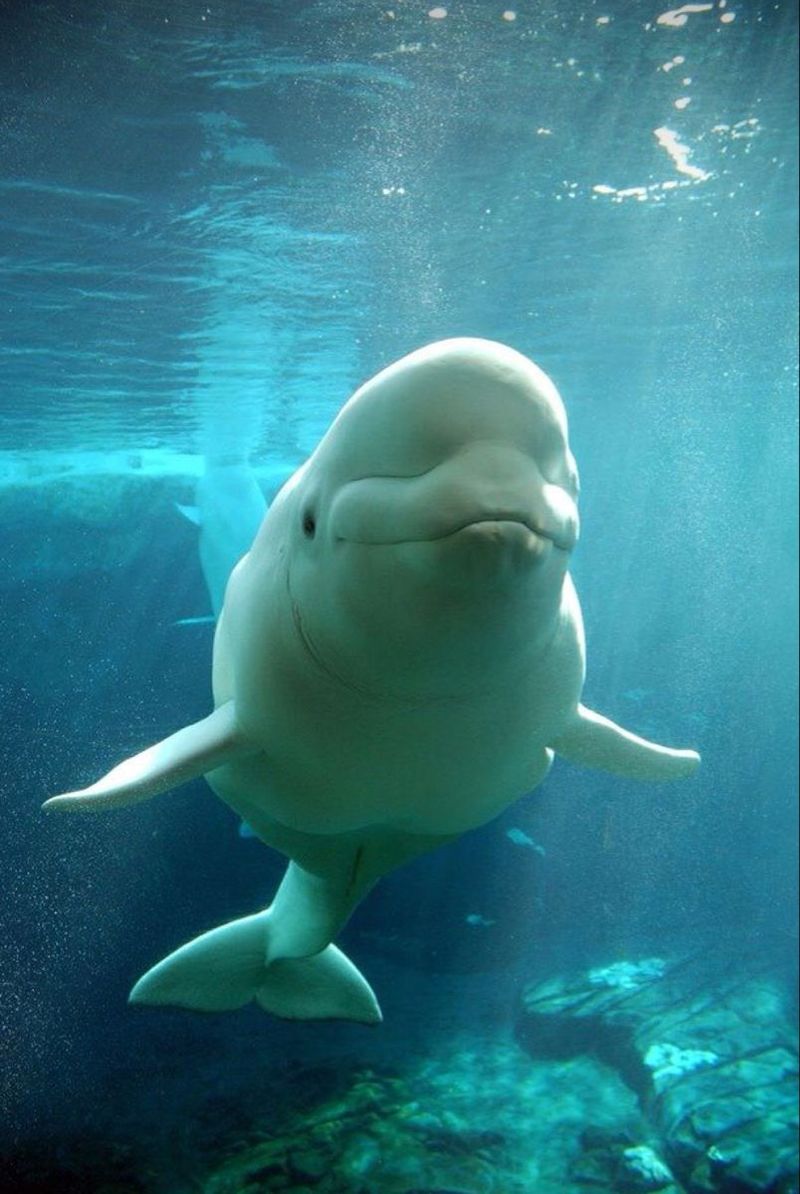
Found in the frigid waters of the Arctic and sub-Arctic regions, the Beluga Whale is perfectly adapted to cold environments.
Their thick layer of blubber provides insulation against freezing temperatures, while their ability to communicate through complex vocalizations helps them navigate the icy waters.
These gentle whales can swim in some of the coldest waters, often using their distinctive white coloring to blend into the ice-covered seas.
5. Narwhal
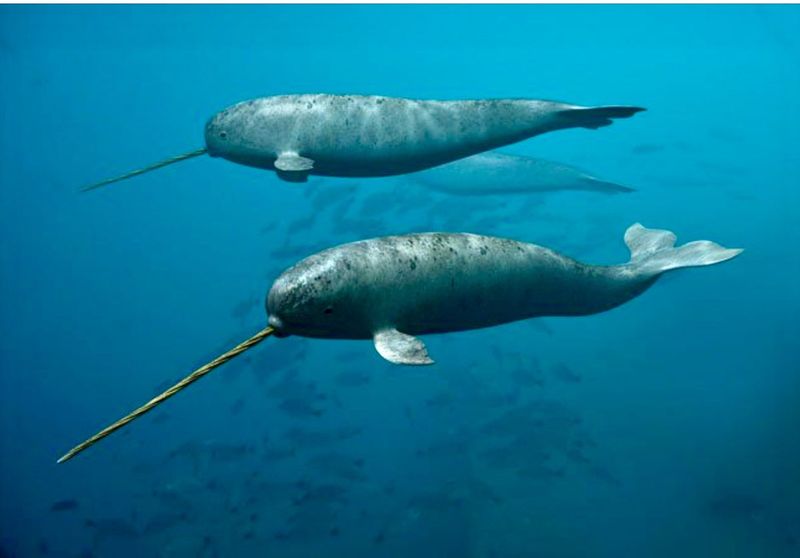
The Narwhal, often referred to as the “unicorn of the sea,” thrives in the icy waters of the Arctic. Its long, spiral tusk, a specialized tooth, plays a key role in mating rituals and communication.
Narwhals have evolved to survive in the coldest marine environments, diving deep beneath the ice to find food, such as fish and squid, while their specialized adaptations help them navigate the harsh conditions of their habitat.
6. Arctic Fox
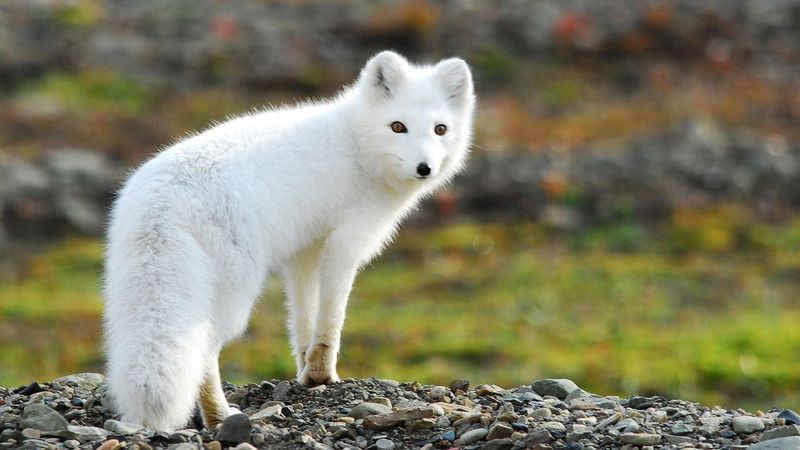
The Arctic Fox is a master of survival in the harsh conditions of the Arctic tundra. With its thick fur coat that changes color with the seasons, the Arctic Fox has evolved to blend in with its snowy surroundings and keep warm in temperatures as low as -50°F.
Its keen senses help it track prey like lemmings and birds in the frozen landscape, and it has adapted to store food during the winter months when resources are scarce.
7. Weddell Seal
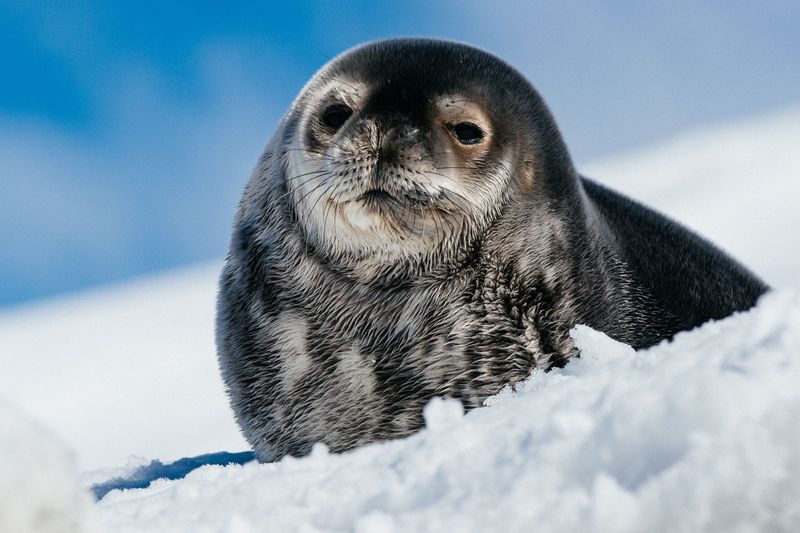
Native to the Antarctic waters, the Weddell Seal is highly adapted to the freezing environment. It has a thick layer of blubber to insulate against the cold and is known for its ability to dive to extraordinary depths in search of food.
Weddell Seals often stay in the icy waters year-round, hauling themselves onto the sea ice to rest between dives, making them one of the hardiest seal species in the world.
8. Leopard Seal
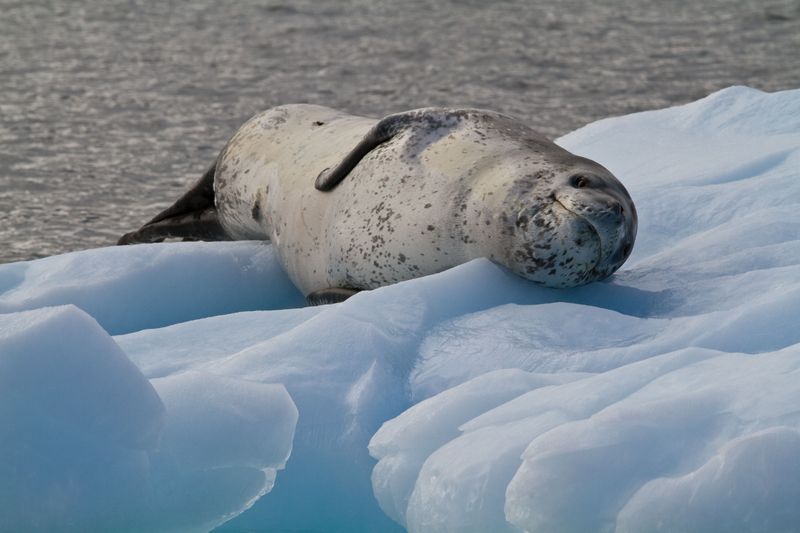
The Leopard Seal is one of the top predators in the Antarctic ecosystem, known for its large size and formidable hunting skills.
It thrives in the frigid waters, feeding on a diet that includes fish, penguins, and even other seals. Its thick blubber helps it survive in the cold, and its streamlined body allows it to swim swiftly through icy waters in pursuit of its prey.
9. Polar Bear
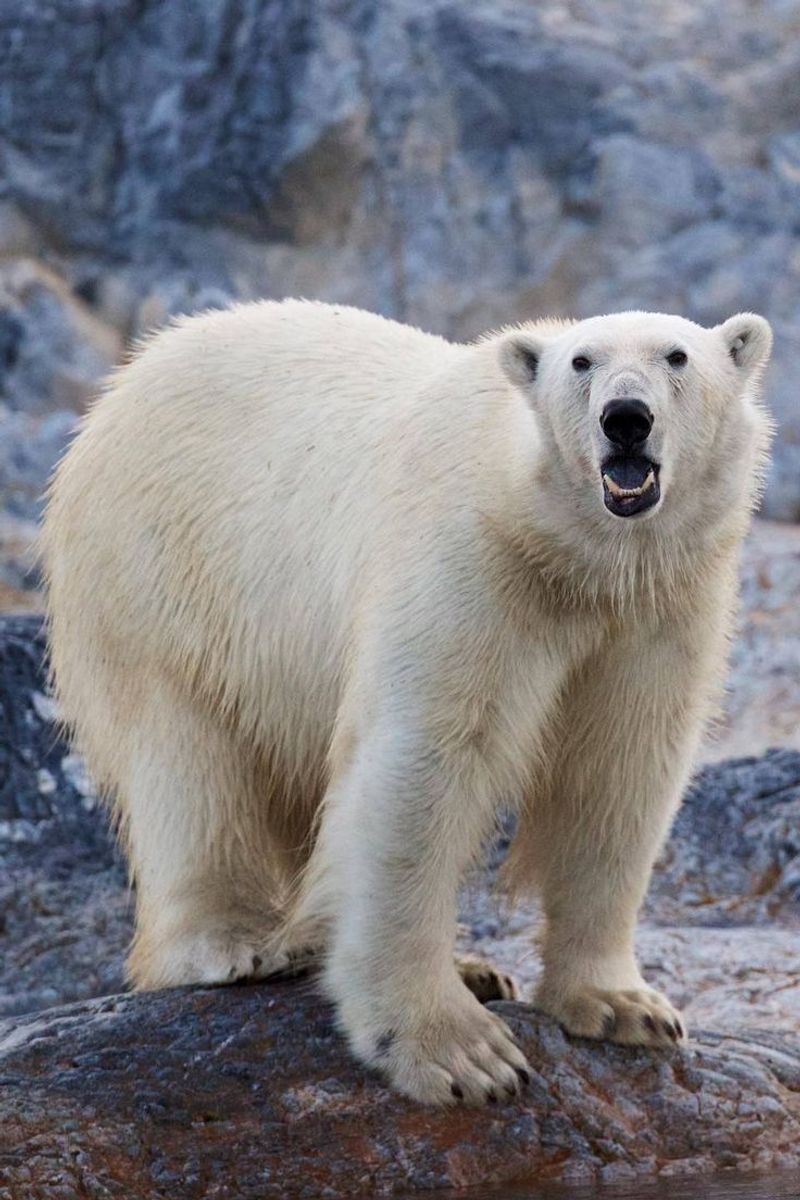
The Polar Bear is a true Arctic survivor, perfectly adapted to life in one of the coldest environments on Earth.
With a thick layer of fur and a dense layer of fat beneath its skin, the Polar Bear stays warm even in subzero temperatures.
It hunts primarily on sea ice for seals, using its powerful limbs and keen sense of smell to track down prey, making it an apex predator in the Arctic.
10. Antarctic Krill
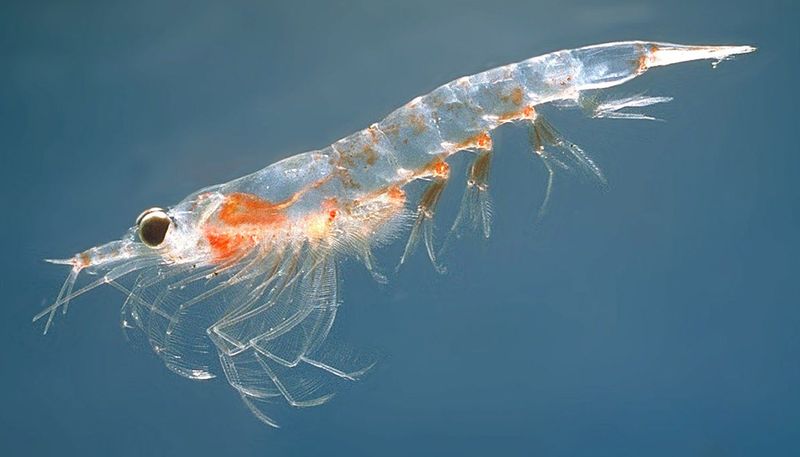
Essential to the Antarctic food chain, Antarctic Krill are tiny crustaceans that thrive in the icy waters of the Southern Ocean. These small organisms form large swarms that provide a vital food source for many larger species, including whales, seals, and penguins.
Krill have adapted to the extreme cold by producing special proteins that help prevent freezing and allow them to survive in the frigid environment.
11. Bowhead Whale
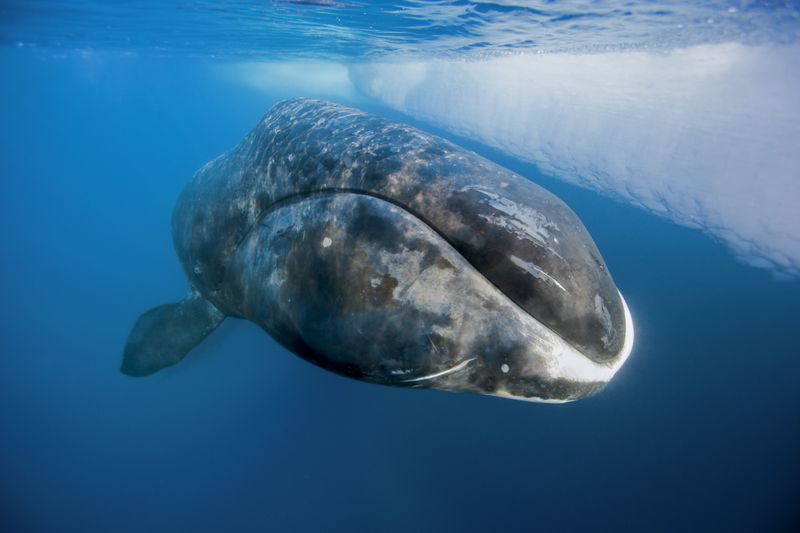
The Bowhead Whale, known for its massive size and distinctive bow-shaped head, is a species well-adapted to Arctic life. Its thick layer of blubber, which can reach up to 18 inches in some individuals, insulates it from the coldest waters.
Bowhead Whales are also known for their long lifespan, living up to 200 years, and their ability to thrive in the icy waters of the Arctic and sub-Arctic regions.
12. Icefish
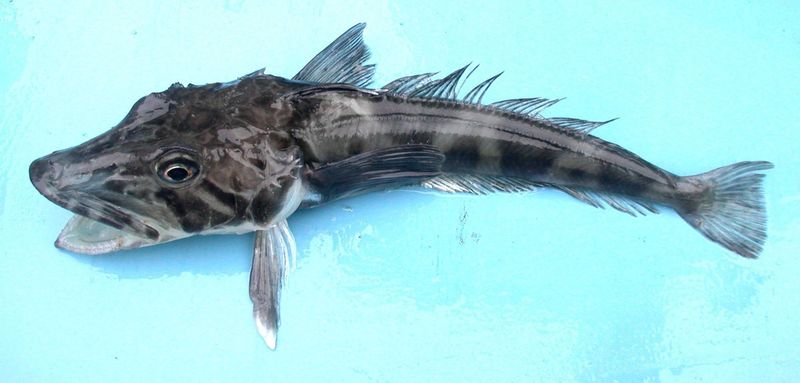
Icefish are a remarkable species found in the Southern Ocean, capable of surviving in some of the coldest waters on Earth.
They are unique for their lack of hemoglobin, the protein that carries oxygen in most animals’ blood, which is possible due to the oxygen-rich waters they inhabit. Their blood contains antifreeze proteins that prevent it from freezing, allowing them to thrive in freezing temperatures.
13. Ross Seal
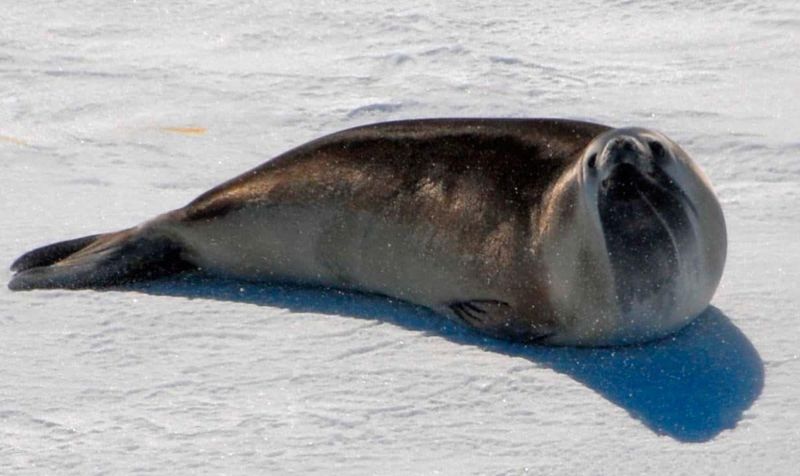
The Ross Seal is a true Antarctic dweller, found in the ice-covered waters around Antarctica. With its thick fur and blubber, it is well-insulated against the extreme cold.
Ross Seals are solitary animals and are most often seen hauled out on sea ice, where they rest and haul in air through their specialized, sensitive nostrils, helping them survive in the harsh conditions.
14. Greenland Shark
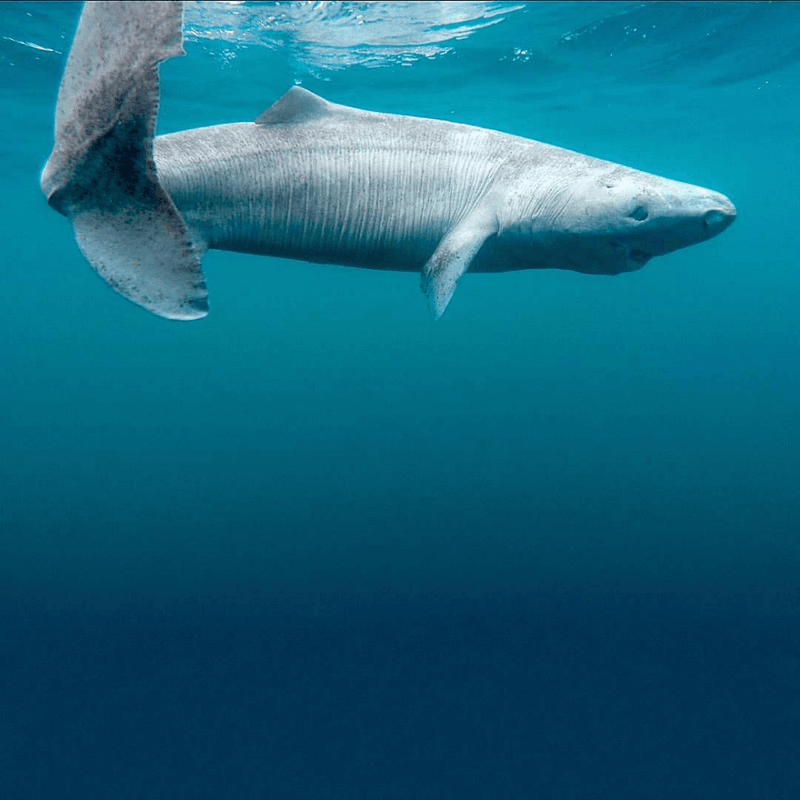
The Greenland Shark is one of the most incredible creatures of the Arctic, living at depths of up to 7,200 feet. These sharks are slow-moving and long-lived, with some individuals believed to live for over 400 years, making them one of the longest-living vertebrates.
They are perfectly adapted to the cold waters of the North Atlantic and Arctic Oceans, feeding on fish, seals, and even whale carcasses.
15. Snow Petrel
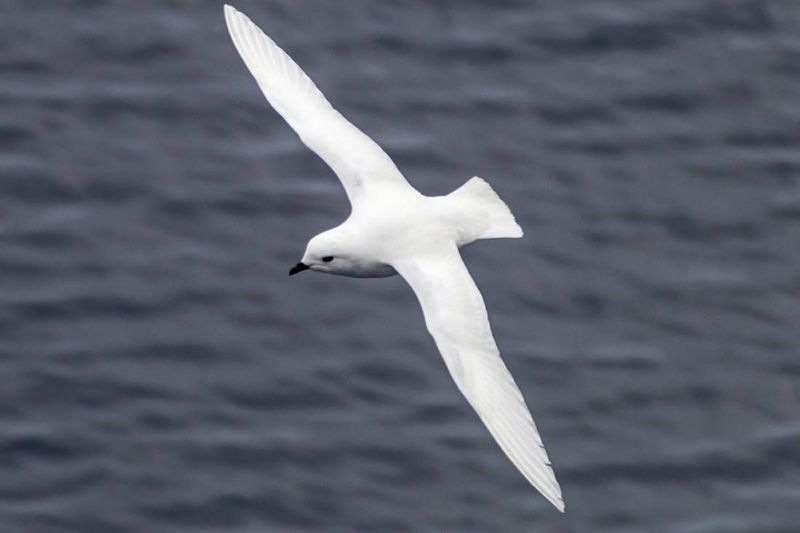
The Snow Petrel is a small seabird found in the coldest regions of Antarctica. With its snow-white plumage, the Snow Petrel is perfectly camouflaged against the icy backdrop, helping it avoid predators while hunting for krill and other small marine creatures.
Its ability to survive in such harsh, freezing environments makes it one of the few birds that call Antarctica home.
16. Arctic Tern
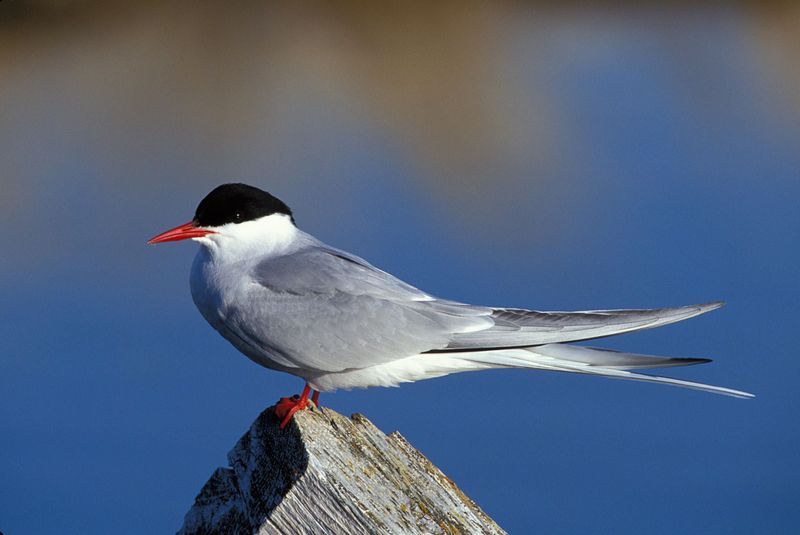
The Arctic Tern holds the title for the longest migration of any bird, traveling from the Arctic to the Antarctic and back again each year. This small seabird thrives in cold environments, nesting in the Arctic summer before migrating south.
Its long migrations and adaptability to various cold climates make it one of the most remarkable migratory birds in the world.
17. Hooded Seal
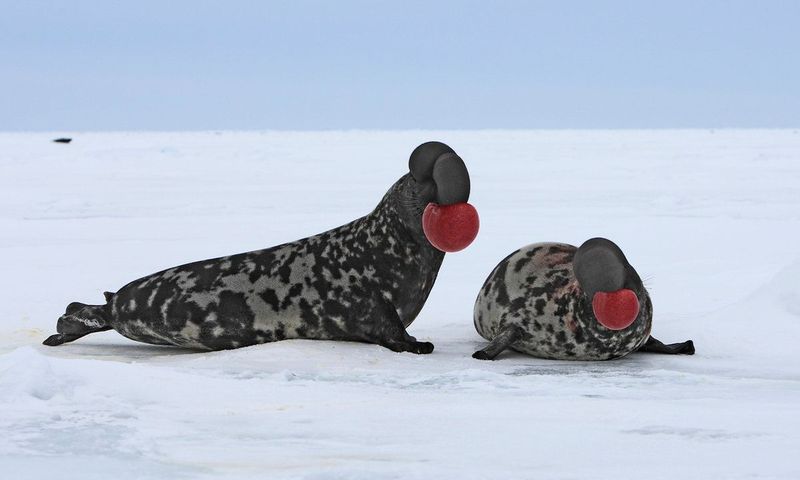
The Hooded Seal is known for the distinctive, inflatable hood that males use during mating displays. This seal is native to the icy waters of the North Atlantic, where it spends most of its life.
The Hooded Seal has adapted to the cold with a thick layer of blubber that keeps it insulated in freezing temperatures while it hunts for fish and squid.
18. Adélie Penguin
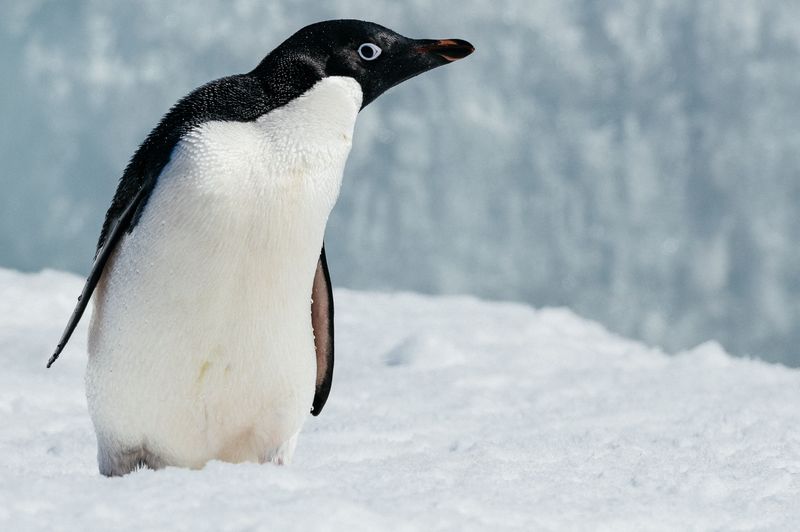
The Adélie Penguin is a small but hardy species found in Antarctica, known for its distinctive black-and-white markings. It thrives in the harsh, icy environment, often enduring freezing temperatures while diving into the cold waters in search of food.
These penguins form large colonies on the Antarctic ice, where they huddle together to stay warm during the frigid winter months.
19. Antarctic Toothfish
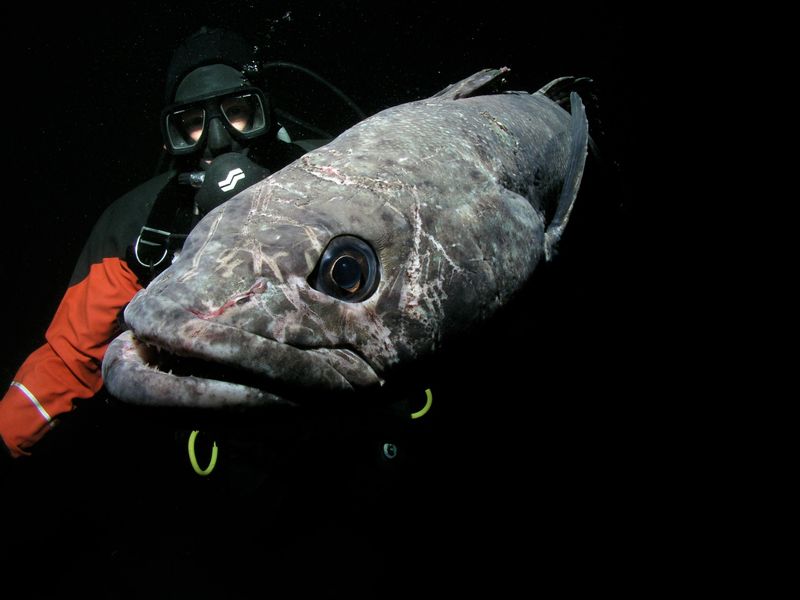
The Antarctic Toothfish is a large, predatory fish that thrives in the icy waters surrounding Antarctica. It has a unique adaptation in that its blood contains antifreeze proteins, preventing it from freezing in the subzero temperatures.
The Antarctic Toothfish is an important species in the Antarctic food chain, preying on smaller fish and squid.
20. Bearded Seal
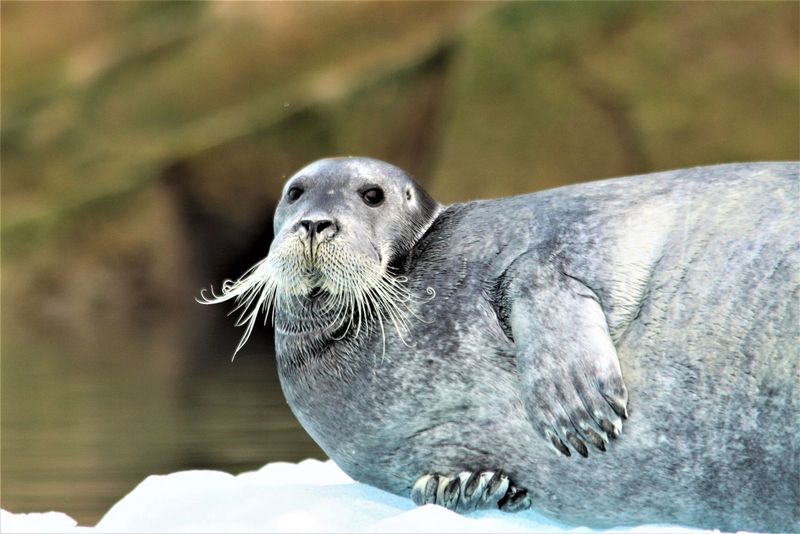
The Bearded Seal is a large, strong animal found in the Arctic, where it uses its thick fur and blubber to insulate itself against the cold. It is known for its long, whisker-like vibrissae, which help it navigate the ocean floor in search of food.
The Bearded Seal spends much of its time on sea ice, where it hunts for fish, mollusks, and other marine creatures.
21. Orca
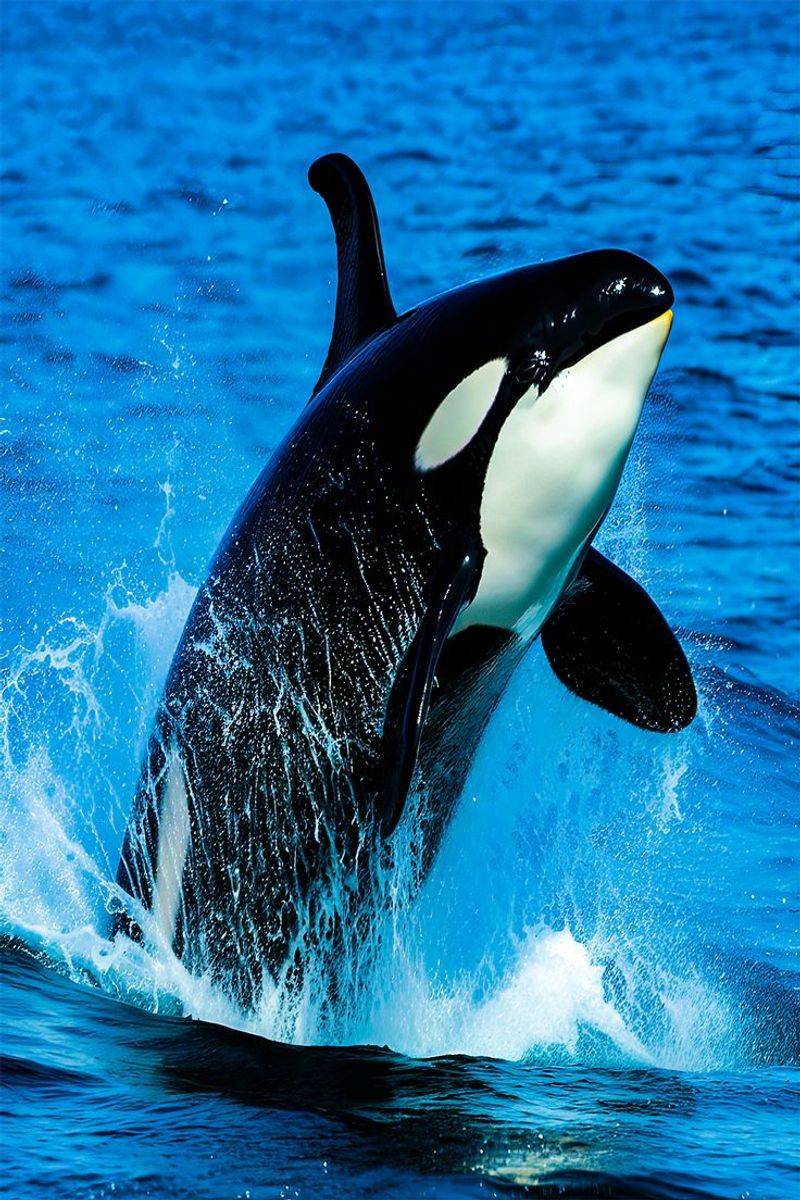
The Orca, or killer whale, is one of the most powerful predators in the ocean and is perfectly adapted to cold environments. Found in both the Arctic and Antarctic, Orcas use their intelligence and social structure to hunt in pods.
Their thick blubber layer keeps them warm in icy waters, where they prey on seals, fish, and even other whales.
22. South Polar Skua
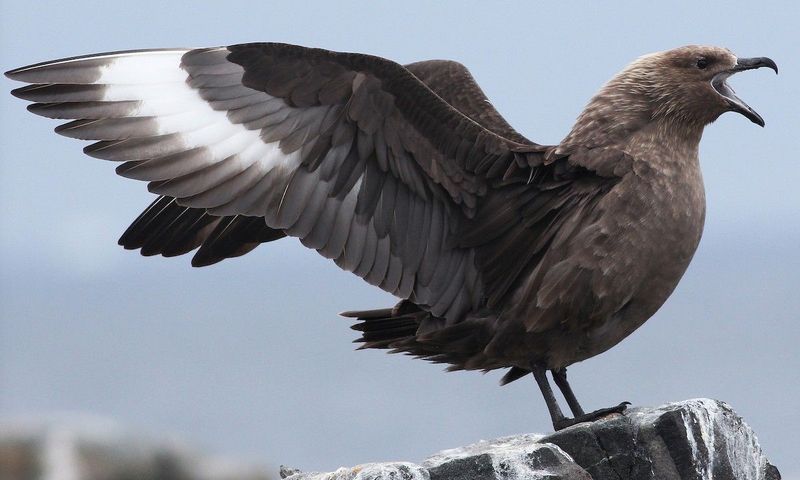
The South Polar Skua is a bird native to Antarctica, known for its aggressive behavior and ability to survive in extreme cold. It is a scavenger and predator, feeding on fish, penguin eggs, and other birds.
The South Polar Skua is perfectly adapted to the cold Antarctic environment, where it can endure the harsh winds and freezing temperatures.
23. Ribbon Seal
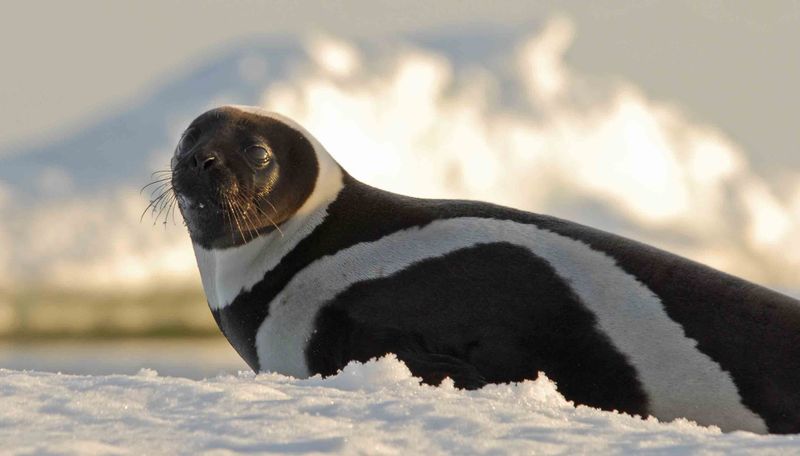
The Ribbon Seal is a unique seal species found in the icy waters of the North Pacific. Its striking coat is marked with white, ribbon-like patterns, which help it blend into the icy landscape.
Ribbon Seals are well-suited for life in cold environments, using their thick fur and blubber to stay warm in the frigid Arctic waters.
24. Common Eider
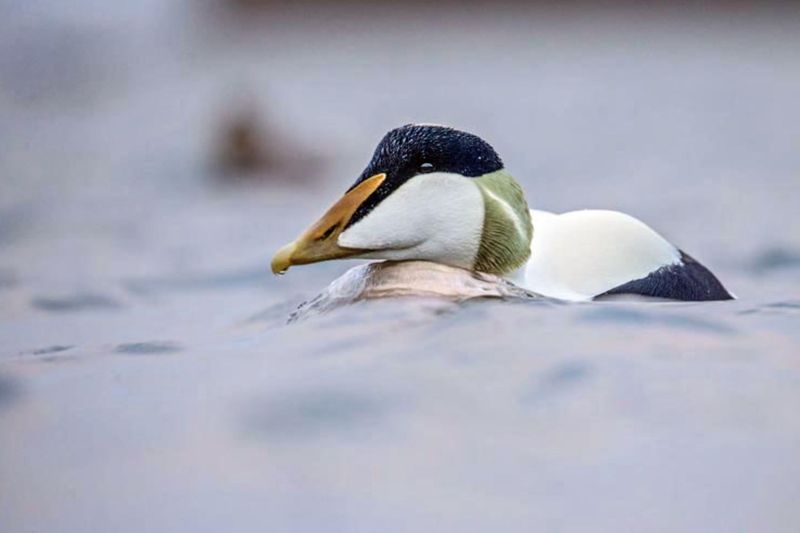
The Common Eider is a large seabird that thrives in the cold coastal waters of the Northern Hemisphere. Its thick feathers, which are among the warmest of any bird, help it survive in freezing conditions while diving for mollusks and crustaceans.
The Eider’s ability to adapt to such cold environments makes it an iconic bird of the Arctic regions.

